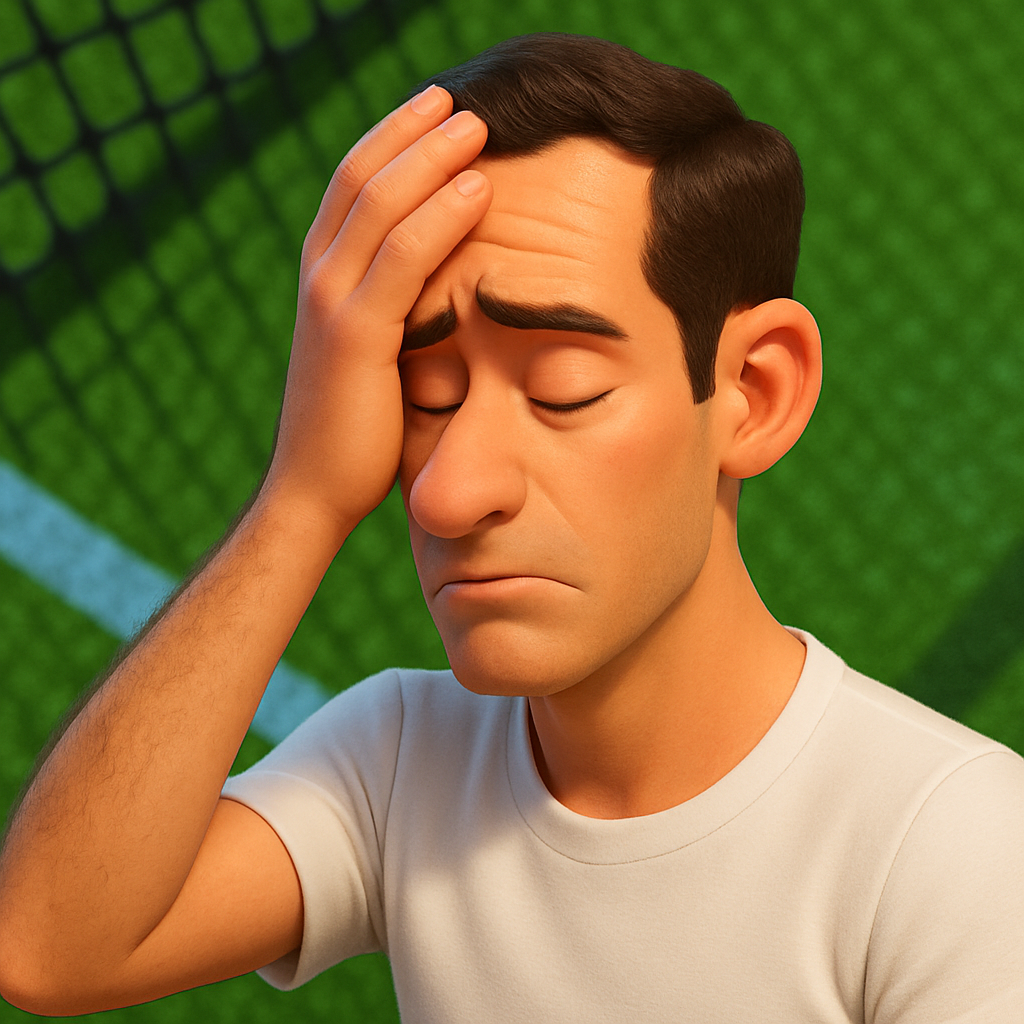In the twilight of a career defined by relentless grit and an unyielding will to win, Andy Murray has begun to offer a series of remarkably candid reflections. The former world No. 1, a three-time Grand Slam champion and two-time Olympic gold medallist, has privately admitted to a critical miscalculation that plagued his final years on the tour.
The Relentless Pursuit of a Fading Peak
For years, the narrative surrounding Murray was one of a heroic battle against a degenerative hip injury. It was a story of a metal implant, a miraculous return to competitive tennis, and a refusal to quit that earned him universal admiration. Yet, beneath the surface of this inspiring comeback lay a more complex and personal struggle. Murray has confided that in his single-minded quest to squeeze every last drop from his career, he fundamentally "struggled to get the balance right."
The core of the issue was his approach to training and preparation. In his prime, Murray's success was built on a foundation of grueling, physical conditioning. As his body began to betray him, he initially doubled down on this familiar formula. He pushed through pain barriers that would have ended most careers, believing that more work was the only answer. "I got the balance wrong between pushing and listening," he has since acknowledged.
This miscalculation manifested in several key areas that, in hindsight, he views as critical errors:
- Training Intensity: He often trained at maximum capacity, replicating the schedules of his younger, healthier self, which led to increased wear and tear on his already compromised body.
- Recovery Neglect: The focus was disproportionately on exertion, with insufficient emphasis on the advanced recovery techniques and rest that an athlete in his mid-thirties with a metal hip desperately required.
- Psychological Toll: The constant cycle of pushing, breaking down, and rehabilitating took an immense mental toll, draining the joy from the sport he loved and making it difficult to compete with a clear mind.
The Emotional Rollercoaster of Farewell
The summer of 2024, intended to be a celebratory farewell tour, ultimately highlighted the consequences of this imbalance. His emotional exit from Wimbledon, where he was forced to withdraw from the singles competition, was a poignant moment. The scene was repeated at the Olympics, where he tearfully pulled out before his opening match, ending his dream of a historic third consecutive singles gold medal. These were not the finales he had envisioned.
In private conversations, Murray has expressed a sense of regret about how he managed the final chapter. He admitted to holding on too long, driven by a deep-seated fear of retirement and a competitor's instinct that refused to acknowledge diminishing returns. "I wanted to leave on my own terms, but I maybe stayed for the wrong ones," he has been quoted as saying, suggesting that pride and habit sometimes overshadowed a realistic assessment of his physical state.
A Glimmer of What Could Have Been
This introspection is not about doubting his legacy, but about understanding the process. He has wondered aloud if a different approach—one that involved more strategic scheduling, accepting a lower ranking, and focusing only on the biggest tournaments with extended rest periods—could have yielded a more graceful and competitive conclusion. His run to the second round of Queen's Club in 2024, where he pushed a top opponent, showed that the fighting spirit and tactical brain were still very much intact, even if the body could no longer consistently follow.
The conflict was always present. He has spoken about the difficulty of knowing when to stop, a challenge faced by every great athlete. "You have this voice telling you you're still good enough, that you can still win, and another voice, sometimes from your team, telling you to be careful, to rest," he described. For years, the first voice always won, a testament to the champion's mindset that defined him.
Wisdom in Hindsight and a New Path
Now, with the benefit of distance from the daily grind of the tour, Murray's perspective is shifting. His private admission is not one of failure, but of learning. He recognizes that adapting his legendary work ethic to the realities of an aging body was the ultimate challenge—one he now believes he initially failed. The key, he suggests, would have been to trade sheer volume for intelligent, targeted preparation and to prioritize recovery as diligently as training.
This hard-won wisdom is something he hopes to pass on. As he transitions into retirement and potentially a role in coaching or broadcasting, he carries a nuanced understanding of an athlete's lifecycle. He knows that the same obsessive drive that propels a player to the summit of the sport can become a liability on the way down if not properly managed and balanced with self-awareness.
Ultimately, Andy Murray's story remains one of incredible triumph. His candid reflection on what he "got wrong" adds a profound layer of humanity to his legacy. It reveals a champion not only grappling with a physical opponent but also with his own identity and the difficult art of letting go. "I wouldn't change the fight," he has said, "but I would change how I fought in the end." This honest admission ensures his legacy is not just one of titles won, but of lessons learned in the most public of arenas.

